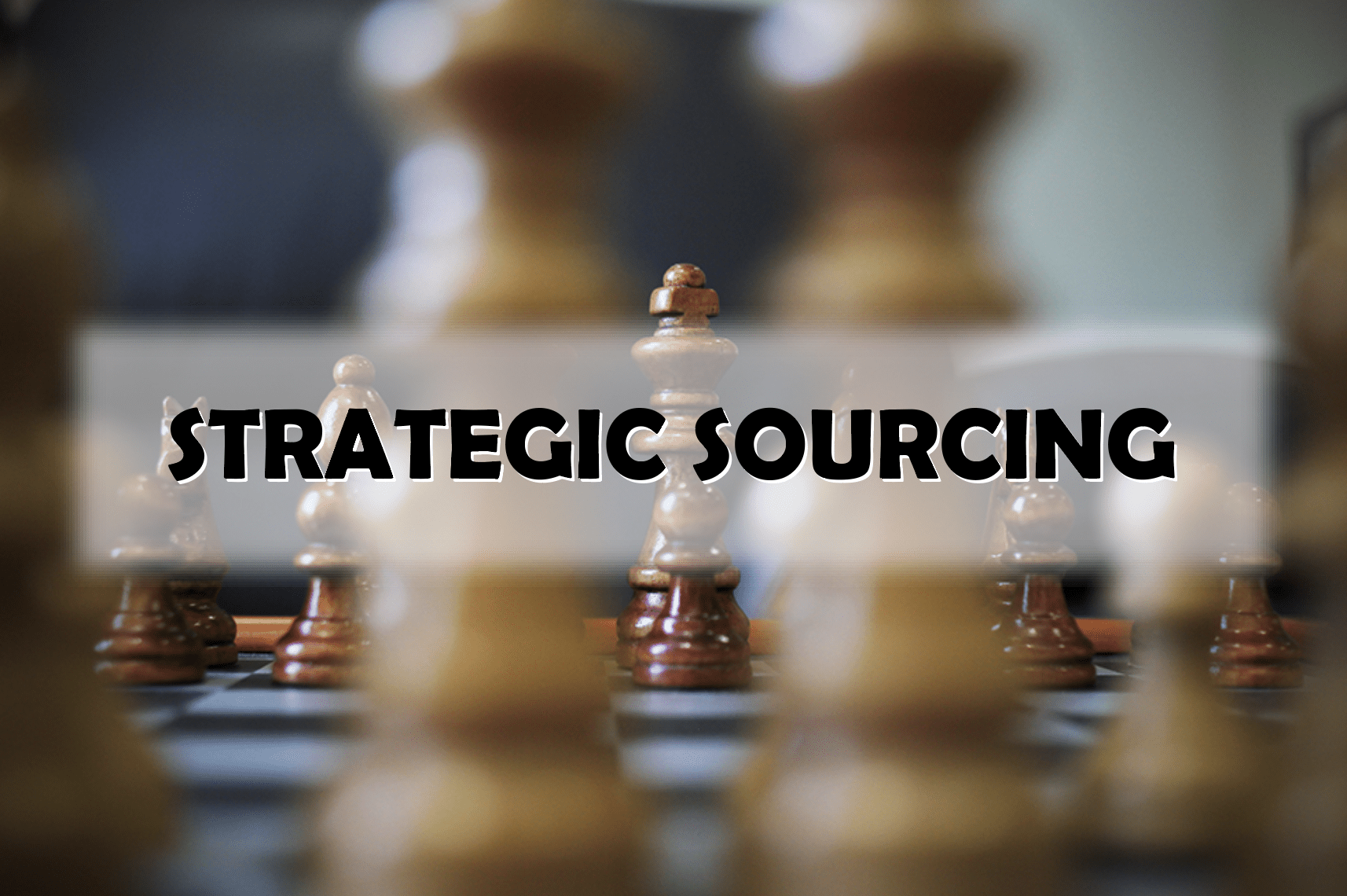The highly infectious COVID-19 virus was declared a global pandemic by the World Health Organization on 11 March 2020.
As a result, operations of many organizations have been severely disrupted as the outbreak spread around the globe; impacting both supply and demand. Organizations have been forced to undergo significant work to re-design sourcing to improve resilience and reexamine relationships with suppliers to reduce systemic risks.
With changing scenarios, supplier selection became one of the most important decisions in the supply chain management field. The selection process became critical for enhancing the company’s competitiveness and required the assessment of different alternative suppliers based on different criteria.
One of the most crucial components in Sourcing is supplier selection; it is a multiple criteria decision-making process that involves both qualitative and quantitative criteria.
A suitable supplier selection would reduce purchasing costs, improve profits, decrease product lead time, grow customer satisfaction, and strengthen competitiveness. That is why it has become an essential focus for every sourcing department, but there is not any standard for supplier selection, and it should be applied based on the situation.
A wrong choice can lead the supply chain to suffer losses, and this would directly affect the performance of the company. It is always difficult to choose the right supplier for sourcing managers, especially today, that the needs of supplier selection criteria are changing.
There are three significant steps.
First, it is the criteria identification. Most commonly it is about quality, delivery performance, cost, capability, but the price is no longer the primary factor. In reality, the selection of adequate criteria depends on the sourcing situation.
Then, second, comes the questionnaire survey study which is separated in the analysis of results and the determination of criteria weights. It is structured with all main criteria and sub-criteria plus one question for the investigation of additional supplier selection criteria.
After that, the third step is the multi-criteria decision-making method implementation which consists of choosing the method to use to select the best supplier.
The goal of a good supplier selection should be to find the appropriate supplier who can provide the buyer with the right quality products or services at the right price, in the right quantities at the right time.
But it is difficult to follow the same strategy while facing different financial status and reputation among its customers even by producing products of the same specifications and quality. And probably that is why many firms prefer to pay more money, put more effort and time to ameliorate the purchasing process, valuate in advance suppliers and all possible risks.
Over the years, experienced Sourcing professionals have developed a strategy and a framework to help simplify the decision.
It is built on three key pillars:

Business strategy must be considered not merely considering the current competitive environment but also in anticipation of how that environment might change in the future.
Ethical concerns also merit consideration. A company’s reputation can be seriously harmed if it is connected to unsavory activities such as sweatshop production, child labor, or environmentally damaging manufacturing techniques.
Crucial to the mitigation of risk is the supplier selection process. It must be based on a clear understanding of the supplier’s strategy, operations, and cost structure.
Choosing the lowest bid is not sufficient. Only a supplier that has a compatible business strategy and will maintain an advantaged cost position over time can offer competitive prices in the long term.
A good sourcing manager knows the difference between Tactical Sourcing and Strategic sourcing.

Strategic sourcing involves developing a proactive, holistic, and continuous evaluation and re-evaluation methodology.
It aims to achieve the lowest Total Cost of Ownership along with minimal supply chain risk. Hence, it reflects the organization’s relationship with its sourcing partners as a loop instead of a one-way process. An in-depth profile of the suppliers and their core capabilities is developed and periodically aligned to the sourcing requirements of the organization.
Strategic sourcing views suppliers as crucial value partners and aims to build sustained, collaborative relations.

In contrast, tactical sourcing involves a short-term and traditionally reactive approach towards managing the sourcing activities of an organization.
It aims to achieve the lowest possible cost without considering other factors like supplier relationship management, supply chain risk mitigation, etc.
Consequently, the focus on building long-term relationships with suppliers and understanding how their core capabilities can meet the organization is minimal as communication with suppliers only occurs when problems arise.
Tactical sourcing brings short-term gains which are risky for any organization.
In my long sourcing innings, I have seen that the new generation makes their sourcing decisions based on the first Cost of the garment without realizing the impact of large hidden costs, i.e. lost sales, inventory costs, markdowns, low quality, etc.
We have now understood that the pandemic outbreak is characterized by three elements:
- Unpredictable long-term disruption,
- The ripple effect propagating disruptions throughout the supply chain and
- Concurrent disruptions in logistics networks and in supply and demand.
Typical disruption risks are limited in geographical scope; however, due to today’s globalized society, epidemics often start small before rapidly dispersing across vast geographical regions.
Hence sourcing should have a strategy where both suppliers and the organization are not located in the same region. If an economic lockdown occurs, suppliers may become unable to fulfill orders. The non-essential nature of the fashion industry makes it especially prone to lockdown restrictions.
Thus we can safely conclude that Sourcing must transit from cost-saving strategies to value creation as it will improve their market positions and give their organizations a significant competitive advantage.
The sourcing manager must always remember that the Cost to produce a Quality garment is much less compared to the cost of the garment if it is not manufactured right the first time and delivered on time.
RELATED TOPICS:#Apparel,Sanjay Lal
Leave a comment
Our email address will not be published. Required fields are marked *







1 Comments
AjayJun 05, 2021 at 16:46 pm
Sir. Well said on the cost of QUality as the conclusion